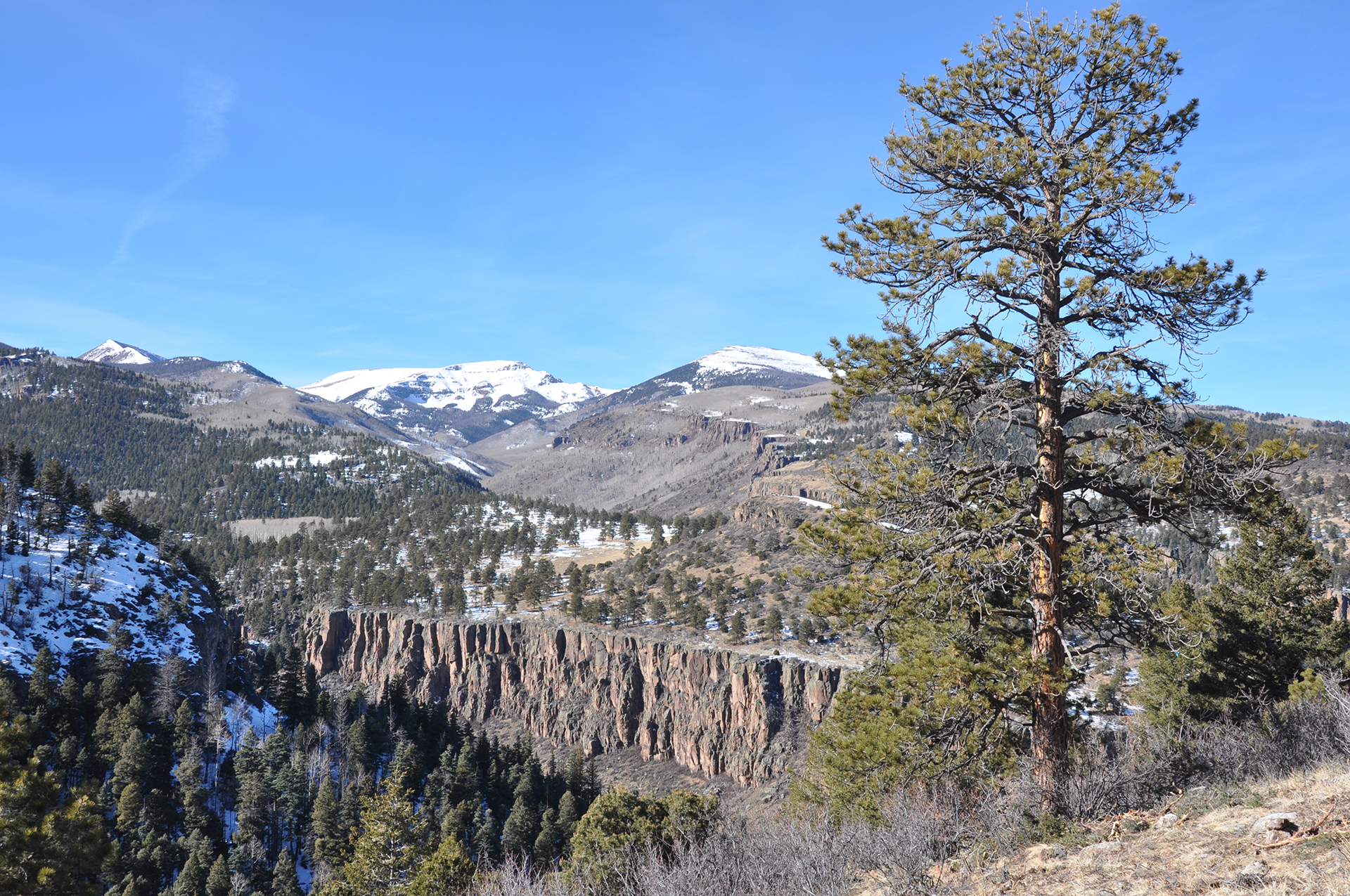Below is a news release from Colorado State University. The Rocky Mountain Elk Foundation provided grant funding for select projects.
The Colorado State Forest Service and the Colorado Forest Restoration Institute, both part of Colorado State University, have compiled data and designed a new dashboard to make information about forest management available to the public. The Colorado Forest Tracker will inform strategies for improving forest health and reducing wildfire risk, and policymakers can use it to help guide funding decisions to best meet state needs.
The tracker is a new central database and reporting system that records completed forest management activities throughout Colorado. This new tool is the first of its kind in Colorado, delivering comprehensive information about forest management accomplishments to policymakers, foresters, land managers, firefighters, researchers and all Coloradans in one location.
“The Colorado Forest Tracker is a key tool to inform Coloradans where vital investments have been made to reduce wildfire risk and improve forest health on all land ownerships in Colorado,” said Dan Gibbs, executive director of the Colorado Department of Natural Resources. “This unique resource gives state and federal land managers as well as local forest collaboratives and municipalities a broad view of the completed forest health and wildfire reduction projects from a large landscape to a local community scale. They can then ensure we have the right resources going to the right projects to protect life, property and critical infrastructure.”
The Colorado Forest Tracker includes data across federal, state, local and private lands. Access to this data across different land ownership types on one map is a new opportunity that can improve strategic planning.
“Seeing what activities have been completed will help practitioners make better use of funds by strategically planning future activities that capitalize on the work that’s already been accomplished,” said Amanda West Fordham, associate director of science and data at the CSFS. “It also provides an invaluable tool to wildland firefighting as incident management teams seek historical fuel treatment data for active wildfire management.”
Colorado State Forest Service foresters work to reduce fuels in the Zapata HOA, a community at high-risk for wildfire. Photo by Adam Moore/CSFS
Tracked activities include management techniques that alter forest vegetation, such as cutting trees and bushes, prescribed fire and reforestation. This provides a transparent picture of where and how Coloradans are working to maintain and improve forest ecosystems for ecological, economic and social benefits, while also supporting wildfire risk reduction goals.
Data available in this initial release of the Colorado Forest Tracker spans 2000-2023. Highlights include:
- More than 25,000 different forest management activities across 1 million acres.
- Forestry activities recorded in 51 of Colorado’s 64 counties.
- 538,428 acres of prescribed fire activities in Colorado.
- Tree planting on more than 45,000 acres to accelerate reforestation.
CSFS and CFRI scientists compiled the data from publicly available databases as well as voluntary submissions from land managers across Colorado. Land managers are strongly encouraged to submit data and add to the value of the open-access resource.
“Forest management data is decentralized and not collected in the same way across agencies or land ownerships. This has made it really challenging to learn what’s working best or what investments in our forests are making a difference across the state,” said Brett Wolk, associate director of the Colorado Forest Restoration Institute. “Putting all the forest management activities apples to apples on one map has been a missing puzzle piece. I hope the tracker opens doors to better understand what’s working to help keep the forests we all love and depend on for clean air, water and quality of life resilient into the future.”
(Photo credit: Mark Wagner/Colorado State Forest Service)
